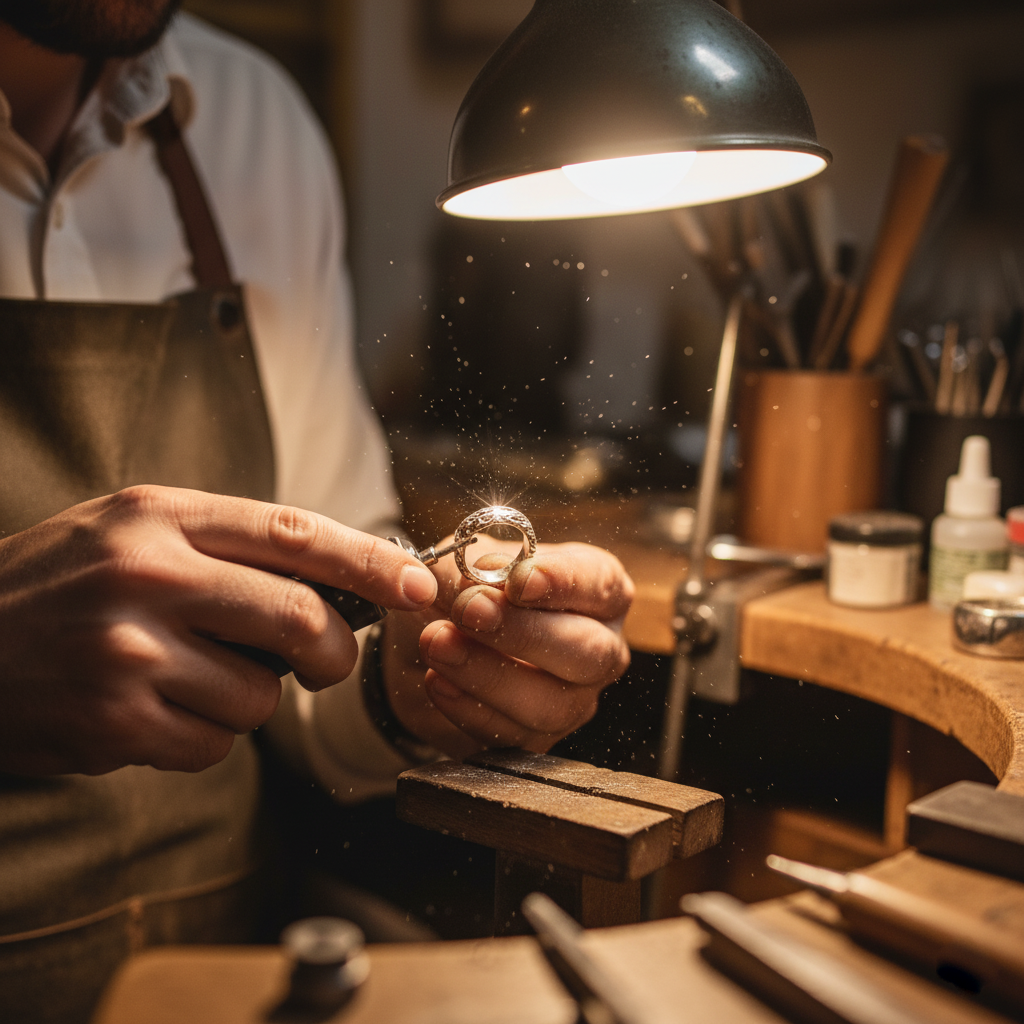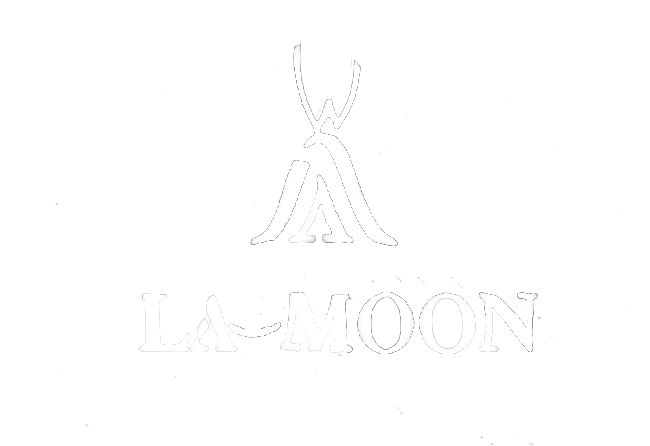
How Sterling Silver Ages, And How To Maintain It
Share
Why Silver Turns Dark
Silver doesn’t “rust.” It reacts with reduced sulfur gases in the air-especially hydrogen sulfide and carbonyl sulfide-to form a thin, dark layer of silver sulfide on the surface. Humidity accelerates the process; lower relative humidity slows it.
Conservation labs describe three main removal strategies:
Mechanical (polishing cloths/creams)
Chemical (dips that dissolve sulfide)
Electrochemical (aluminum + electrolyte bath that reduces sulfide back to silver)
Each has trade-offs in abrasion, risk to applied patinas, or to mounted stones.
Practical Home Care That Aligns With Conservation Advice
Routine: Wipe with a soft, untreated microfiber or purpose-made silver cloth after wear. Store pieces dry, ideally in zipper bags with anti-tarnish strips. Keep away from sulfur sources (kitchen gas, rubber bands, some wool felts).
Bath cleans: For mixed-stone jewelry, default to warm water + a small drop of mild dish soap, soft brush, rinse, dry. Avoid bleach and harsh abrasives.
Electrochemical method: The foil-and-baking-soda bath reduces silver sulfide without abrasion, but can strip intentional oxidized accents and may affect some finishes; test cautiously or ask a jeweler.
Things To Avoid
Toothpaste and gritty powders can microscratch sterling; strong acids/alkalis can harm stones and remove patinas. Many trade organizations recommend gentle detergents and purpose-formulated silver polishes instead.
Storage And Environment
Corrosion scientists note that silver tarnishes faster as humidity rises for a given sulfur level. Dry storage (target <50% RH) and minimizing sulfur ingress is effective preventive conservation-good news for jewelry boxes with desiccant packs and fresh anti-tarnish strips.

